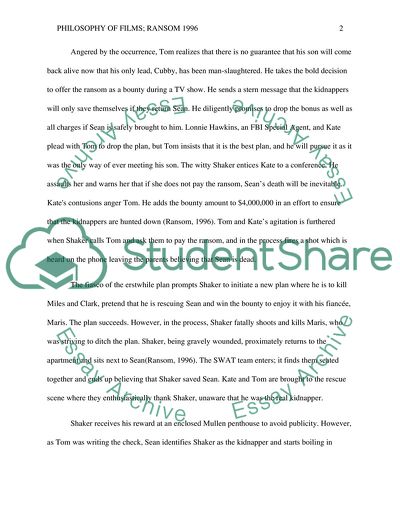Cite this document
(“Philosophy Of Films Ransom 1996 Essay Example | Topics and Well Written Essays - 1250 words”, n.d.)
Retrieved from https://studentshare.org/philosophy/1694982-philosophy-of-films-ransom-1996
Retrieved from https://studentshare.org/philosophy/1694982-philosophy-of-films-ransom-1996
(Philosophy Of Films Ransom 1996 Essay Example | Topics and Well Written Essays - 1250 Words)
https://studentshare.org/philosophy/1694982-philosophy-of-films-ransom-1996.
https://studentshare.org/philosophy/1694982-philosophy-of-films-ransom-1996.
“Philosophy Of Films Ransom 1996 Essay Example | Topics and Well Written Essays - 1250 Words”, n.d. https://studentshare.org/philosophy/1694982-philosophy-of-films-ransom-1996.


